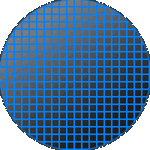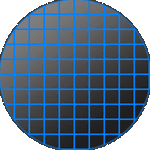Shelby68GT500
TPF Noob!
- Joined
- Feb 11, 2013
- Messages
- 7
- Reaction score
- 0
- Location
- DC
- Can others edit my Photos
- Photos NOT OK to edit
Trying to grasp exactly what is different about a "Full Frame" DSLR camera from what I use. I've got a 50D that I really like (bought it used) and use with several Canon lenses that I've acquired over the years. Have a friend who has a Sony "Full Frame" DSLR that is 24Mp who rants and raves about it. It obviously has a higher resolution 24Mp versus 15Mp, but what other advantages does this camera hold? I doubt that I would change over to Sony as I love my existing Canon lenses. I'm sure that Canon would come out with a "Full Frame" camera as well at some point, if they don't already... Just not sure it would be beneficial for the price. I'm not a professional, but enjoy shooting a lot of wildlife (sometimes thru my 8" telescope), astronomy and normal daily life stuff...








![[No title]](/data/xfmg/thumbnail/37/37633-94737d4436dff45b827dcc332ff7fba9.jpg?1734170757)





![[No title]](/data/xfmg/thumbnail/32/32929-22e23acc63d6ecb25e5ee941be87121f.jpg?1734162700)